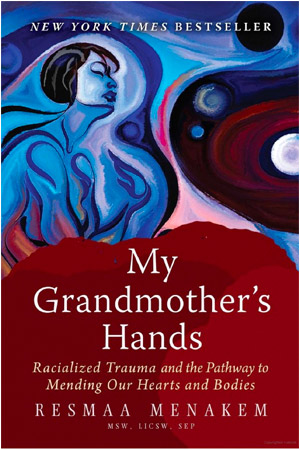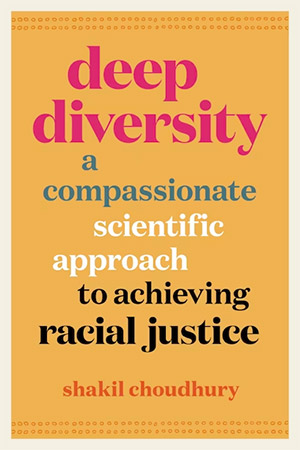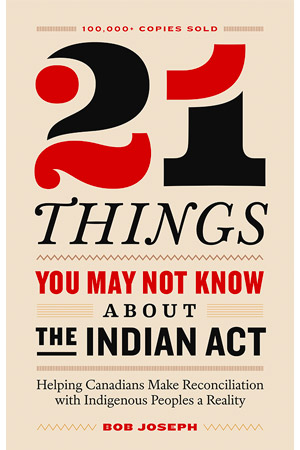Decent work and challenging systems of white supremacy
Addressing issues of dominant culture, and dismantling systems of oppression within Canadian nonprofits is not about making white people feel bad. The goal is not to place blame or perpetuate guilt but rather to foster understanding, awareness, and collective action toward creating a more equitable, and inclusive society.
Recognizing and challenging dominant culture is an essential step toward building a more just, and inclusive nonprofit sector. It involves acknowledging historical, and systemic inequities that have shaped organizational practices, and structures. By understanding how dominant culture operates within nonprofits, all individuals, including those who identify as white, can actively contribute to positive change.
Shifting the focus from personal blame to systemic change allows for a more productive, and inclusive dialogue. It encourages white individuals to reflect on their privilege, biases, and blind spots without feeling attacked or defensive. This reflection can lead to a deeper understanding of the ways in which systems of oppression have benefited certain groups while marginalizing others.
Creating a more equitable nonprofit sector benefits everyone. It allows for the amplification of diverse voices and perspectives, enhances the effectiveness of an organizations’ work, and fosters a sense of belonging and inclusion for all individuals, including those who identify as white. It is an opportunity to build stronger relationships, promote collaboration, and create environments where all individuals can thrive.
White supremacy hurts everyone, regardless of their racial or ethnic background, because it perpetuates a system of inequality and injustice. As nonprofits that are seeking to advance equity, and committing to truth and reconciliation, we must reckon with the ways we are entangled in existing dominant cultures. These conversations, though difficult, are not intended to be polarizing, but rather revealing of truths about the unspoken conditions that contribute to indecent working conditions, and inequity within the nonprofit sector.
When organizations commit to truth and reconciliation (including acts of reciprocity with First Nations, Inuit, and Métis communities) and/or anti-Black racism, they must reckon with the systemic inequities caused by white supremacy, and colonization.

Islamophobic and anti-Semitic attacks experienced by workers are often driven by ideologies that seek to preserve a white-dominated society. The tenets of white supremacy provide the ideological underpinnings for such acts of violence, fostering an environment of fear, hostility, and hatred towards religious, and ethnic minorities. White supremacy, heteronormativity, and ableism are all rooted in power dynamics that marginalize, and oppress certain groups. They perpetuate hierarchies based on things like race, sexual orientation, and ability, positioning those in dominant groups as superior, and others as inferior. Challenging white supremacy involves challenging these power dynamics, and dismantling systems that perpetuate violence.
Cultures of white supremacy or dominant culture impact how decent work is accessed. In the report from Workers Action Centre: From the Frontlines: An urgent agenda for decent work, they explain the urgent agenda of advancing decent work while addressing racism, and status for all. And explore the connection between racism and migration, and how it impacts access to decent work because of dominant cultures of white supremacy.
Some ways in which white supremacy negatively impacts individuals and communities:
Divides and alienates
White supremacy creates divisions, and hierarchies based on race, leading to the marginalization, exclusion, and oppression of non-white individuals, and communities. This division undermines unity and social cohesion, preventing genuine connections and collaboration among people from different backgrounds.
Reinforces stereotypes and biases
White supremacy perpetuates harmful stereotypes and biases about non-white communities, contributing to prejudice, discrimination, and systemic racism. These stereotypes limit opportunities, reinforce negative narratives, and hinder the full potential of individuals and communities.
Suppresses voices and perspectives
White supremacy silences and devalues the experiences, knowledge, and contributions of non-white individuals and communities. It creates a power imbalance where the perspectives, histories, and cultural expressions of white people are deemed more important, further marginalizing and erasing racialized voices.
Impedes social progress
White supremacy inhibits social progress by maintaining systems, and structures that prioritize the needs and interests of the dominant white culture. This perpetuates systemic inequities in areas such as education, employment, housing, and healthcare, hindering equal opportunities, and collective advancement.
Limits cultural richness
White supremacy diminishes the cultural diversity and richness that exists within society. By centering white culture as the norm, it devalues and suppresses the diverse expressions, traditions, and contributions of non-white cultures. This limits the opportunities for learning, understanding, and embracing the full spectrum of human experiences.
Undermines collective wellbeing
White supremacy creates a society where power, resources, and opportunities are concentrated among a privileged few, resulting in widespread disparities, and social injustice. This imbalance not only harms historically underserved communities but also erodes the overall wellbeing and prosperity of society as a whole. Challenging white supremacy requires recognizing the interconnectedness of struggles, and promoting solidarity among equity seeking communities.
Resources for Learning and Unlearning
*
Learning and unlearning are complementary processes that involve acquiring new knowledge, perspectives, and behaviors while actively letting go of or challenging existing beliefs, biases, and behaviors that no longer serve us or perpetuate harm.
Remember that training is a starting point, not a destination – the tools below are meant to support learning. Real change comes from putting the learnings into practice.
- Dismantling White Supremacy in Nonprofits: a starting point.
- How White People Conquered the Nonprofit Industry – Non Profit News
- Building an Embodied Anti-Racist Practice — Embracing Equity
- Interrupting Bias- Calling In and Out with Care
- Embodiment Exercises: Unlocking the Genius of Your Body | Resmaa Menakem
- On Being Podcast Isabel Wilkerson — “We all know in our bones that things are harder than they have to be.” | The On Being Project
Reflections on dismantling white supremacy in Ontario’s nonprofit sector
By Rob Howarth and Danielle Benton from TNC’s Dismantling White Supremacy Community of Practice
“Love and Justice are not two. Without inner change, there can be no outer change. Without collective change, no change matters.” – Rev. Angel Kyodo Williams
In order to challenge white supremacy in the nonprofit sector, white folks must take action towards sustained change. Numerous tools, and capacity building sessions – guided by Black, Indigenous and/or racialized advocates, activists, scholars, and community members – have been developed to identify how to challenge oppression in workplaces, and beyond. The question is no longer whether racism or issues of equity exist but rather, what measures of accountability, and actions are needed on a structural, institutional, and personal level.
A community of practice is a group of people who share a common concern, a set of problems, or an interest in a topic and who come together to fulfill both individual and group goals. Communities of practice often focus on sharing best practices and creating new knowledge to advance a domain of professional practice. Interaction on an ongoing basis is an important part of this. Many communities of practice rely on face-to-face meetings as well as web-based collaborative environments to communicate, connect and conduct community activities. Resource: https://www.wenger-trayner.com/introduction-to-communities-of-practice/
white workers in the nonprofit sector engaged in honest, personal, reflective conversations about how to invite, motivate, engage, and incite action from white colleagues. From this process, we unearthed some core principles, and ways to action them into meaningful practice that can affect lasting change.
There is a need for greater championing (a calling in) that urges, and assists more white folks in our sector to place dismantling white supremacy at the core of their intentions, and day-to-day practice. This effort is a necessary ingredient for advancing any of the commitments, and passions to improving community wellbeing that inform our work (e.g. social justice; anti-ableism; truth and reconciliation; decolonization; tackling dimensions of oppression based on race, class, gender, sexual orientation; deepening democracy; economic inclusion; liberation and abolitionism; environmental health; to name a few).
The persistence of white supremacy, and its associated hierarchical structures, values and judgements (both conscious and unconscious) that assign value to whiteness by devaluing/dehumanizing “others”, undermines our relationships with ourselves, and with each other. Our hope to improve these relationships requires an ever-enlarging “we” that can be mobilized. As long as we remain insufficiently attentive to, and fractured by the persistent hierarchies, injustices, and violence generated by white supremacy, our efforts to advance community wellbeing will be thwarted.
Video on the process of convening the community of practice to challenge white supremacy, plus ways to use the core principles.

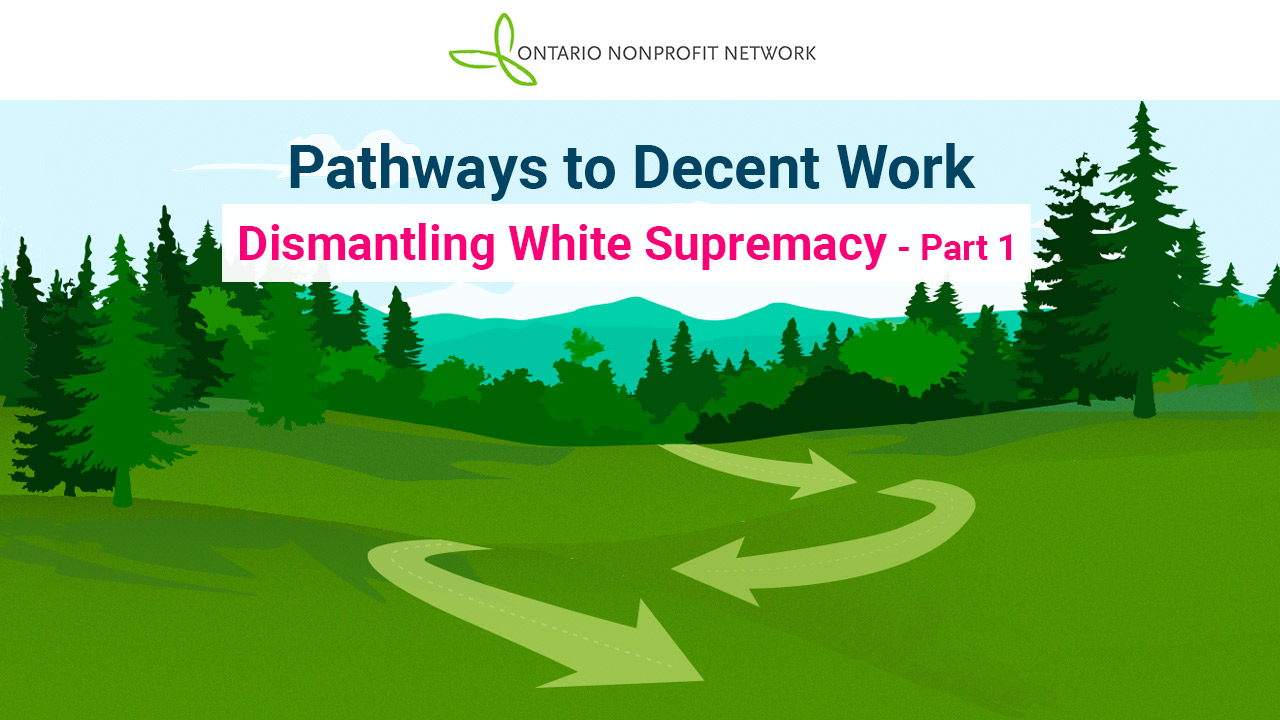

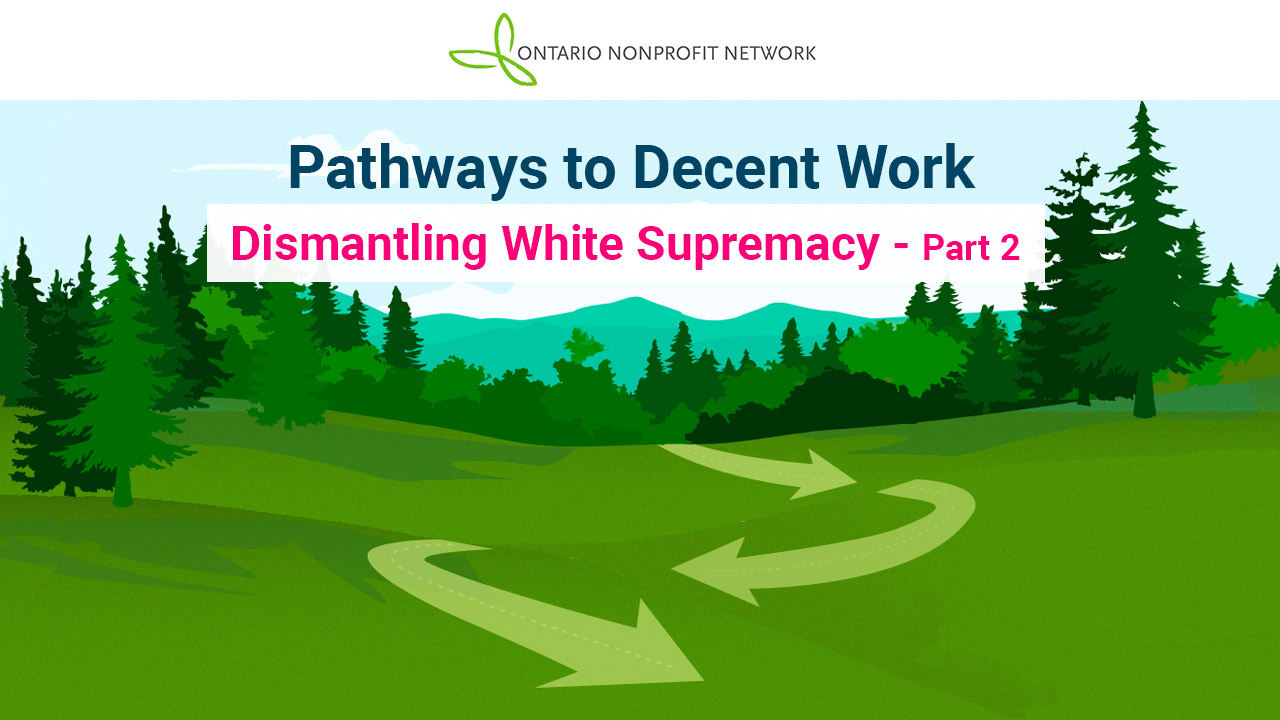
The community of practice discussed the following questions that led to the development of the principles for white people who are interested in challenging white supermacy:
What helps you stay in the practice of anti-racism and dismantling white supremacy?
How would you communicate these ideas to white people who might be resistant or challenged by the journey to implement decent work? (language, rituals, practices)
What does promoting decent work and dismantling white supremacy mean to you? And in the context of your work?
The goal of unpacking these questions was not solely rooted in finding clear cut solutions, but staying in the complexity of what it means to do the work from a place that acknowledges the impact of systems of white supremacy. The work was messy and at times extremely challenging – not because it’s not worth it, but simply because we are all swimming in the water of white supremacy. And so to actively champion decent work, equity, racial justice, and commit to truth and reconciliation there needs to be an intentional naming of systemic factors that contribute to further oppression.
These principles serve as a guide to address the challenges that surface in group dynamics, and support accountability. Through our discussions as a collective of 15 white folks in the nonprofit sector, from diverse organizations across Ontario, we generated these initial principles to guide actions, and processes that seek to ensure that the labour doesn’t fall on the shoulders of Black, Indigenous and/or racialized workers.
Sample templates of convening dismantling white supremacy:
Principles and behaviours for white people striving to engage in advancing racial justice and decent work
|
The statement highlights the limitations of solely relying on intellectual reflection, and intentions to address racism, and challenge systems of white supremacy. It emphasizes the need for a deep understanding of the powerful, and entrenched nature of whiteness and white privilege within institutions and systems. Within the nonprofit sector, the statement provides examples of surface-level intentions without concrete plans or accountability measures. It suggests that training alone is insufficient, and that true understanding and change come from shared experiences and interactions. Embodied practice is the next step as It acknowledges that patterns, and experiences related to racism are lived through our bodies. By developing greater embodied awareness, individuals can move beyond overthinking and overanalyzing, and engage in practices that address racialized trauma, and support healing. Embodiment is important to anti-racism because racism is not solely an intellectual or cognitive issue; it is deeply ingrained in our bodies, experiences, and emotions. Racism affects individuals on physical, emotional, and psychological levels, and these embodied experiences must be acknowledged, and addressed for meaningful change to occur. By focusing on embodiment, anti-racism efforts recognize that patterns of racism and racial trauma are not just abstract concepts but lived realities that manifest in our bodies. Through embodiment, we can develop a deeper understanding of the impact of racism on ourselves, and others. It allows us to notice the bodily reactions, sensations, and emotions associated with racism, such as anxiety, tension, or discomfort. Embodiment also provides a pathway for healing and transformation. By attending to our bodies, and the ways racism is stored, and expressed within them, we can engage in practices that promote healing, resilience, and empathy. These practices may include somatic exercises, mindfulness techniques, or other modalities that help us reconnect with our bodies, regulate our responses, and cultivate greater awareness of the experiences of others. Embodiment also supports a more holistic approach to anti-racism that goes beyond intellectual understanding and analysis. It encourages us to actively engage our bodies, emotions, and experiences in the process of dismantling racism. By integrating embodiment into anti-racism work, we can foster empathy, compassion, and a deeper commitment to creating systemic change that addresses the root causes of racism. Resources: Changing behaviours, changed minds: Embodiment as a tool for anti-racist actionResmaa Menakem’s book Resmaa Menakem’s book, “My Grandmother’s Hands: Racialized Trauma and the Pathway to Mending Our Hearts and Bodies”. The book offers insights and practices to help individuals develop new ways of interacting, and promote healing. Incorporating ongoing and consistent reflection time into work patterns is also suggested as a means to imagine and practice alternative ways of interacting together, fostering a deeper understanding of racism, and promoting meaningful change. My Grandmother’s Hands is a call to action for all of us to recognize that racism is not about the head, but about the body, and introduces an alternative view of what we can do to grow beyond our entrenched racialized divide. Deep Diversity: A Compassionate, Scientific Approach to Achieving Racial Justice by Shakil Choudhury. In his book, Choudhury explains how and why well-intentioned people can perpetuate systems of oppression, often unconsciously. Using a trauma-informed approach that removes shame or blame, he offers us the tools to recognize, take authentic responsibility, and enact deep change. In easy-to-absorb chapters, Choudhury interweaves research into the brain, and studies on human behaviour with hard-won lessons from his career of helping organizations and CEOs create more inclusive environments. He models vulnerability and mistake-making, sharing examples of his own bias-missteps so readers are encouraged into their own racial justice journey without judgment. |
|
In settings where there is a lack of trust and respect, it is unlikely that people in the workplace will be able to change their interactions with each other. Therefore, it is essential to tend to the foundations of relationship and connection, either by establishing them if they are not already in place or by repairing them if they have been ruptured. Starting with existing connections, inviting others in, and investing in building trust and reciprocity are crucial. Additionally, addressing conflicts and harm by repairing the lines of connection can nurture a sense of community within the organization. Building a culture of openness is key. This involves not only encouraging but also supporting individuals to authentically show up and take responsibility for themselves and others. Utilizing conversation circles is an effective method to create opportunities for staff to listen to each other, and share different perspectives and experiences. These circles foster a greater sense of connection, and awareness of each other’s complexities. To promote sustainability and meaning in work environments, it is important to examine accountability processes when things don’t go as planned, and repair relationships. This can be achieved by conducting check-ins before resuming the agenda, considering the personal capacity of employee groups. Prioritizing these steps stewards the work effectively. Incorporating restorative justice processes can be a valuable addition to conflict resolution policies and practices. These processes go beyond simply sanctioning inappropriate behaviors and aim to find ways, where possible, to heal and repair. They help organizations move towards a more comprehensive approach to addressing conflicts. Overall, by examining accountability processes, tending to relationship foundations, building trust and reciprocity, fostering openness, utilizing conversation circles, and incorporating restorative justice processes, organizations can create supportive work environments that are sustainable, meaningful, and promote a sense of community. |
|
As white folks in the nonprofit sector who are committed to justice, and equity and truth and reconciliation and the advancement of decent work, must include individual and collective action by the sector and beyond. We all have a role to play in taking individual action to ensure that Black, Indigenous and racialized workers are not continuously doing the heavy lifting in order to educate individuals on anti-racism efforts. This principle emphasizes the need for collaboration, empowerment, and the need to ensure that signing onto the decent work charter is not just a symbolic action for organizations and nonprofits. To drive personal and organizational progress, it is essential to examine how white supremacy interacts with and inhibits our work. Exploring questions about our motivations, the organization’s values, and the influence of white supremacy can reveal connections, and guide our commitments. An example of collective action would be using “Pathway 2: Understanding your Decent work Culture” tools within your organization’s decent work action committee to acknowledge the ways systemic racism may be playing out within your policy and practices. Examining the spheres of influence that the practice of decent work would be convening and the use of groups with shared interests/passions to help lead, learn, grow and sustain the efforts, within and outside our workplaces; working to learn with and influence the relationships we have, and mobilize the power and insights these relationships can give us, versus waiting for formal “leadership” to respond/change. Another example of collective action on a systemic level could look like a coalition of funders examining how they can strategically embed decent work practices in their funding applications to ensure that Indigenous led organizations have the right to self-determination around reporting practices that are culturally relevant methodologies. |
|
Throughout the process, there will be challenges and difficulties. We acknowledge that aligning values can be difficult, as not everyone will share the same values or approaches to anti-racism, and decent work practices. It’s important to embrace the diversity of perspectives and approaches, thinking beyond what has traditionally worked. Instead of striving for perfection, staying committed to progress is key. Changing people’s awareness and approaches takes time, and requires building relationships rather than breaking them. While confrontations and conflicts may arise, the goal should always be to maintain relationships even in the face of difficult discussions. We shouldn’t expect or demand that others share our understanding or perspectives. Embracing multiplicity in the work enables each of us to exercise our power and agency collectively, rather than passively following a leader. It’s essential to ask ourselves if we are aligned, and in agreement on core goals and objectives, even if we move at different paces and rhythms. An example we can draw upon is the practice of “deep canvassing”, which involves taking the time to listen, and probe to uncover someone’s core values or assumptions before countering their opinion. By focusing on broad values or life realities such as care, respect, support, and hardship, we can find common ground and connections that may not exist when discussing specific issues. Celebrating the richness of perspectives and contributions can help us shift our orientation away from seeking a single solution or way forward, which reinforces hierarchy and othering. It is important to build in opportunities to acknowledge and celebrate people’s uniqueness, skills, and contributions as we engage in this work. |
|
There will be moments when it feels tempting to walk away due to fatigue and frustration, believing that no progress has been made. However, we encourage you to challenge your understanding of progress. Sustaining conversations about culture, and decent work within your organization holds equal importance to reviewing organizational policies on pay equity. During challenging times, when individuals in positions of power push back, it is crucial to consider the risks you are willing to take. Questions to reflect on:How can we address our needs and emotions and make genuine requests for support when we feel stuck, stagnant, or unhelpful?
Is it possible to seek assistance within our organizations or from external sources?
Identifying supportive communities that can help navigate the mess, confusion, and periods of chaos is essential for regaining stability.
Staying committed can be practiced by looking for opportunities for movement, celebrating small wins, and mapping existing assets. Prioritize addressing emotions first, such as frustration, despair, disappointment, and rage. Reframe the situation and recommit by seeking lessons and opportunities for progress, even on a small scale. Regularly reconnect with the desired outcome, and reaffirm your commitment to it. Additional resources
|

